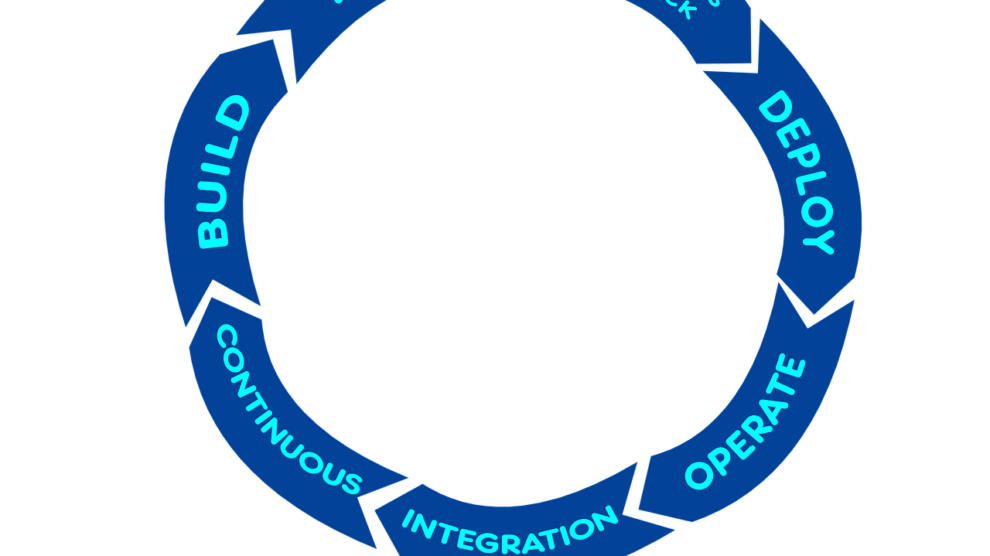The term “DevOps” refers to a group of concepts. These concepts include agile operations and collaboration throughout development lifecycles. Although DevOps has become popular in the business world, many organizations still do not know how to implement it properly. As a business owner, you likely know that companies use DevOps to accelerate their software development and operational processes. Since this acceleration is highly advantageous, you probably want to learn how to use DevOps yourself. If so, read this post on how to implement DevOps in an organization successfully.
Promote Experimentation And Learning
Before you can begin to introduce DevOps tools to your employees, you need to promote experimentation and learning in the workplace. Incorporate these values into your company culture. Show your workers that with experimentation comes failure, and that failing is okay as long as you learn from it. This initial step is crucial to using DevOps successfully because the process of implementing DevOps involves continuous learning and experimentation. Each organization implements the concept and uses it differently. Moreover, every business runs into different obstacles along the way. Hence, a learning culture is necessary to implement DevOps effectively.
Start With Small Prototypes
Once you establish an experimentation and learning culture, start implementing DevOps on a small scale. When organizations jump into implementing the DevOps toolchain on a large scale, they risk creating negative outcomes that cannot be fixed easily. On the other hand, organizations that start out small give themselves a chance to experiment with their new concept. A great place to start is with a smaller situation within your organization itself. That way, you do not even need to approach your customers with your new solutions until you are 100% ready to. Begin small to implement DevOps into your business successfully.
Create Workshops For Each Team
Additionally, create individual workshops for each of your department teams. This allows each team to learn DevOps in a collaborative environment. After all, using DevOps tools for the first time can be challenging when done on a larger scale. Simplify and accelerate the process by providing each team with their own set of tools. Then, they can implement them more efficiently. Begin with your team of front-line employees who are developing key applications. Teach them how to use the new tools first so that they can assist other teams when they are learning. Create individual workshops for each team to start implementing DevOps into your organization properly.
Automate As Much As Possible
Another crucial step to implementing DevOps into your company is to automate as much as you can. From developing the code to testing and deployment, there are many stages of the process that you can automate. In doing so, you reduce the amount of potential errors that can occur throughout your organization. After all, humans make more mistakes than the latest technologies do. For this reason, businesses should start by automating the most crucial areas of their organizations. Some ideal areas to automate include building, testing, delivery and monitoring. By automating as much as possible, you set yourself up to successfully implement DevOps.
Identify And Track Metrics
Furthermore, organizations need to identify and track crucial metrics when implementing DevOps. Measurements are crucial when adding any new strategy to your operations. Without proper tracking tactics, you cannot determine whether your new concepts are working well or not. In turn, you risk losing customers due to poor implementation of tools. Avoid this outcome by identifying the metrics you need to track. Crucial metrics vary per organization. However, there are a few commonalities among most. Typically, organizations identify the most significant financial, customer perspective and innovation perspective metrics. Then, they track the metrics constantly so that they can continuously assess and evaluate. Follow this same identification and tracking process to ensure that your DevOps implementation goes smoothly.
In order to reap the benefits that DevOps offers businesses, you need to learn how to implement it properly. Begin by creating a culture of experimentation and learning in your organization. Then, start implementing the concept on a small scale for practice purposes. That way, you do not risk causing irreversible issues. Work with each of your teams individually, providing them each with their own DevOps tools. Automate as much of your processes as you can to reduce human error in your business as a whole. Finally, identify and track crucial financial, customer perspective and innovation perspective metrics. If you complete these steps, you will succeed in implementing DevOps in an organization properly.





